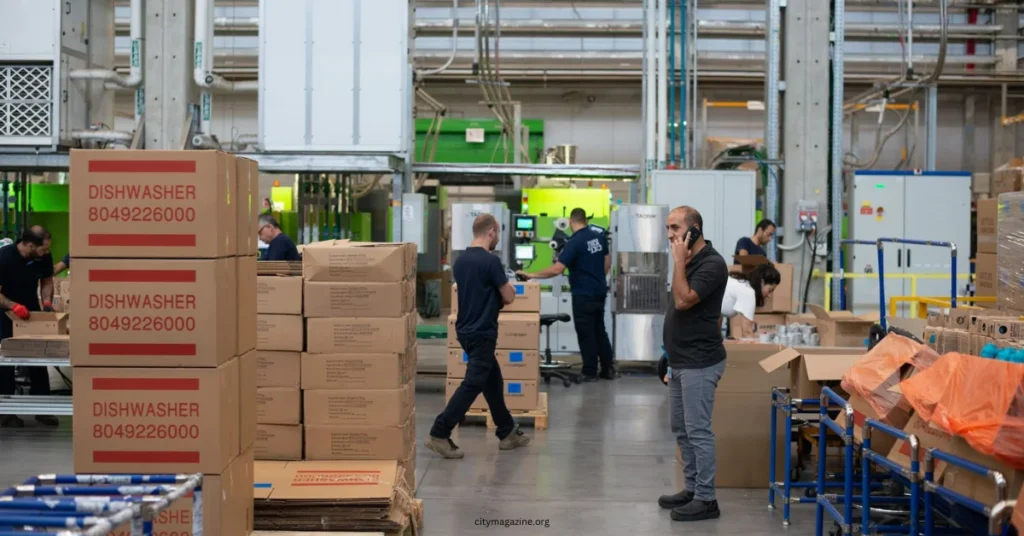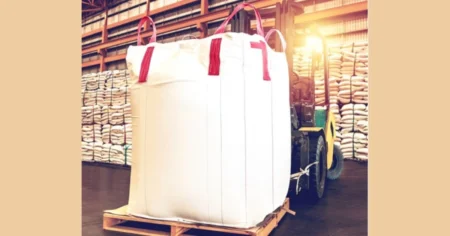The COVID-19 pandemic and ensuing policy responses highlighted the vulnerabilities and importance of global supply chains. In particular, it illustrated how populations worldwide rely on these supply chains to receive essential goods, including food and medical products. One of the crucial aspects of global supply chain management is the careful monitoring of warehouse storage practices.
Warehouses play a role in the supply chain of most essential goods today, especially those transported across state and national borders. Improper warehouse storage practices can result in the expiration or degradation of necessary medical and agricultural products. In some cases, it can even create public health crises, such as foodborne illness outbreaks or a lack of available medical treatments.
As a result, it’s no surprise that warehouse storage practices are very well thought through, nuanced, and clearly defined. However, those without years of experience in supply chain management may not understand some of the basic concepts associated with warehouse storage. So, let’s explore some of the most fundamental concepts in this vital field to clarify how to think about warehouse storage conditions.
The Role of Warehouse Storage Conditions in Cold Chain Storage
First, it’s essential to understand that many goods stored in warehouses must be kept in specific storage conditions, including goods that must avoid exposure to high humidity, pressure, or chemical or gaseous compounds. However, the most common storage requirement is a specific storage temperature range.
It’s important to note that temperature-sensitive goods require storage within appropriate temperature ranges, not just in warehouses but throughout each phase of their journey to consumers. The temperature-controlled supply chain to transport these sensitive products is known as cold chain storage.
Warehouses are a crucial component of cold chain storage management since they house large numbers of goods for extended periods. As a result, temperatures in warehouses require careful control, mainly as manufacturers produce more goods. Several different terms and designations specify acceptable temperature ranges for other products.
Important Temperature Terms for Warehouse Storage Conditions
Common words and phrases, as part of our day-to-day vernacular, have specific meanings for cold chain management—for example, air-conditioned storage demands temperatures between 56 and 75 degrees Fahrenheit. Similarly, refrigeration refers to storage conditions between 33 and 55 degrees Fahrenheit.
Cold and frozen generally refer to storage temperatures below 32 degrees Fahrenheit. However, only some cold chain storage terms refer directly to temperature ranges or essential equipment for cold chain storage. Some specify qualitative storage conditions.
The term ambient, for example, refers to the naturally occurring temperature of the warehouse. Temperature-controlled storage relates to all factors that stabilize temperatures, including considering heating or cooling equipment, inventory loads, ventilation, ceiling heights, seasonality, and building materials. Cold chain storage professionals must consider these different variables when developing warehouse management systems to keep storage temperatures within the correct ranges.
The term climate-controlled storage differs slightly from temperature-controlled storage in that it incorporates the humidity of a given storage area and the efforts to control humidity levels and temperature. Different types of equipment, including commercial dehumidifiers and humidifiers, are used to adjust humidity levels in warehouses dynamically.
Warehouse Temperature and Storage Terms
According to Dickson Data, many terms important in the cold chain storage process relate more to storage practices or devices than specific temperature ranges. For example, the term current good manufacturing practices (cGMP) connects to a series of storage and manufacturing practices that establish criteria for establishing that a manufacturing facility abides by standards set forth by the FDA. Good manufacturing practices pertain to manufacturing pharmaceutical products and drugs and storage warehouses.
The term racking refers to storing palletized products directly on the warehouse floor to conserve space. The practice can reduce cold chain storage costs by minimizing the number of space products needed, which is why it is a current trend in warehouses.
Warehouses and manufacturers routinely undergo testing of their emergency response procedures. Referred to as mock recalls, warehouses will sometimes initiate a practice recall to simulate what would happen should a particular event that endangers products take place.
Lot control is another important concept that refers to the labeling and tracking of different groups, or lots, of products. Therefore, it helps companies keep track of products that might be similar or difficult to tell apart.
Keeping warehouses at specific temperatures is crucial for many different industries. Supply chain and quality assurance professionals use various terms to refer to different temperature ranges and storage practices.




